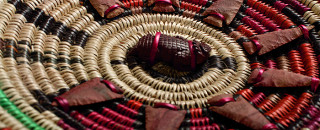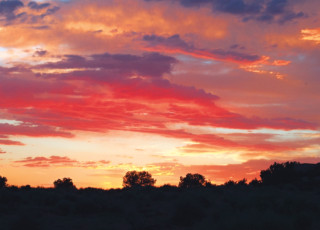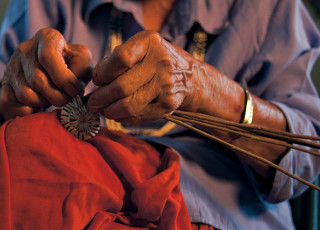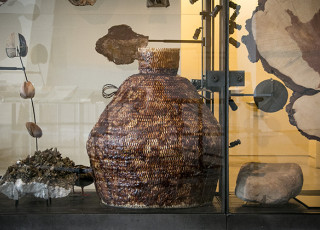A Renaissance in Navajo Basket Art
By Michael Mozdy
In a remote part of the Navajo Nation in southeastern Utah, a community known as Douglas Mesa became the unlikely epicenter for an artistic revolution. Navajo artists like Mary Holiday Black felt the pull of their own artistic sense as well as the interests of those who purchased their baskets (see Weaving a Revolution: Contemporary Navajo Baskets to read how this community pioneered a true revolution in this artistic form).
Before long, a renaissance of Navajo basket weaving had emerged, and weavers found increasingly unique ways to express their artistic voices through this art form. The “collage basket” emerged as a style for telling personal and contemporary stories with sometimes-unexpected images.
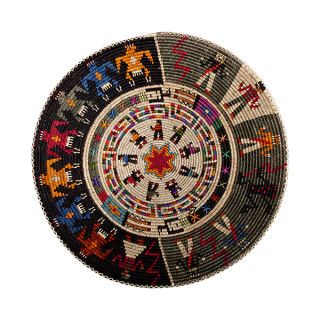
Some weavers presented their baskets as part of a cohesive collection to tell a larger symbolic story.
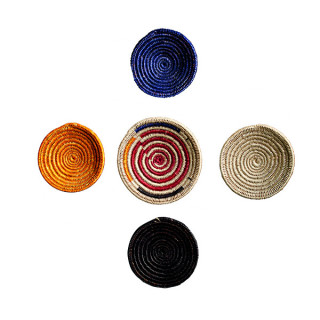
Others explored fields of color like other contemporary American artists.
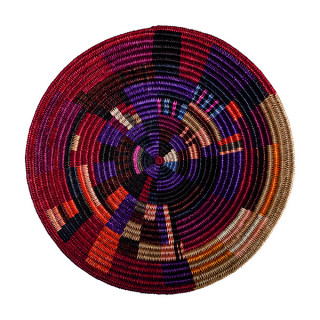
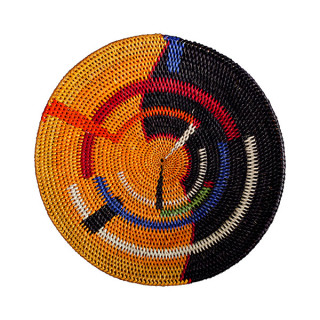
Many are stunning masterpieces created from colorfully dyed strands of sumac as if they were oil and canvas.
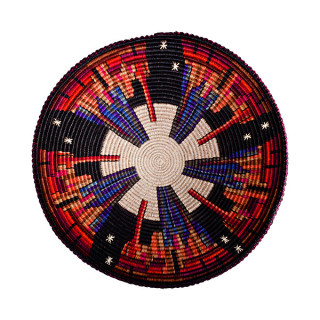
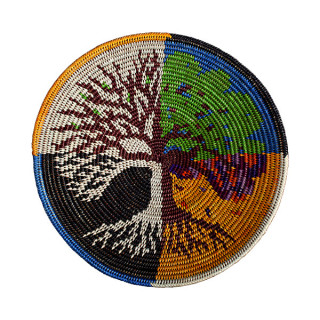
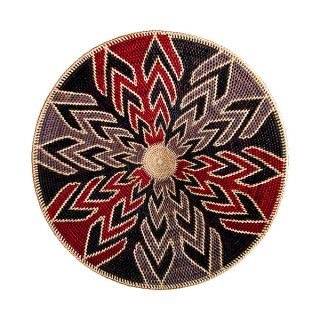
As with other artistic media, some of the weavers have pushed the design boundaries further, incorporating new materials and shapes that protrude from the basket surface.
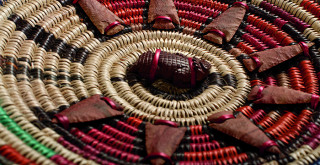
The revolution in ceremonial Navajo baskets may have begun in the tiny outpost of Douglas Mesa, but the basket weaving renaissance that it spawned has both helped to preserve traditional Navajo stories and express the contemporary Navajo experience in new ways. We are forever thankful to be able to preserve and display these masterpieces for the public.
Below are polaroid photos of the artists whose baskets were featured in our two blog posts on this subject, taken at the Twin Rocks Trading Post in Bluff, Utah. A comprehensive list of artists contributing to the Twin Rocks collection housed at NHMU can be found in the book Weaving a Revolution.
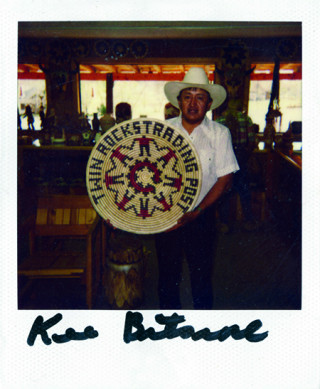
|
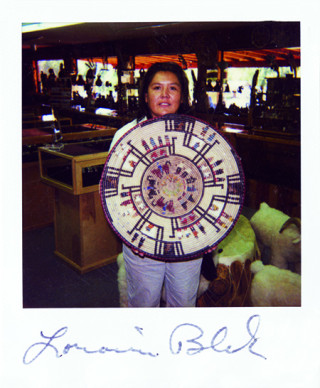
|
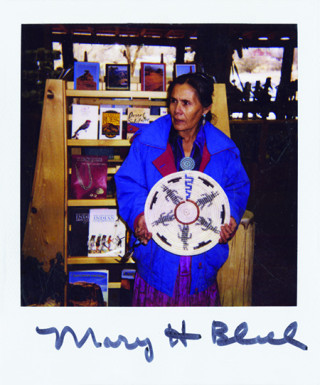
|
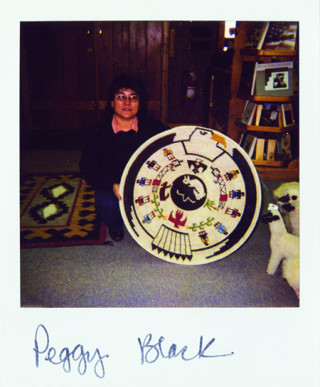
|
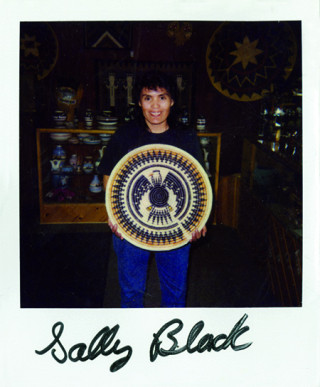
|
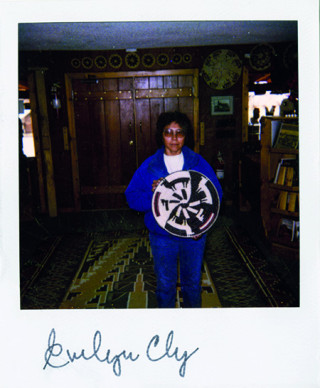
|
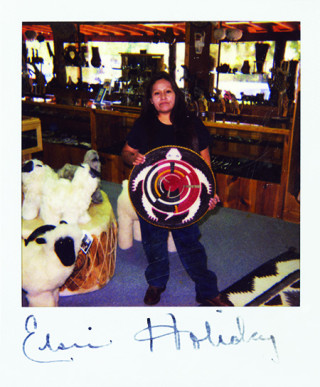
|
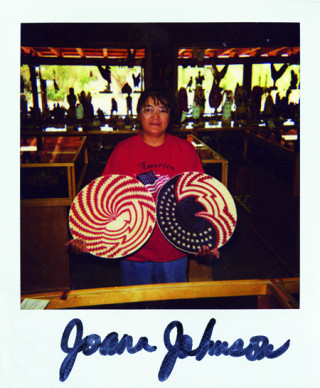
|
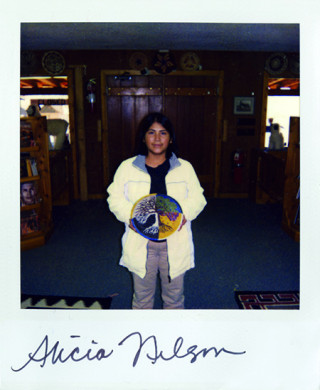
|
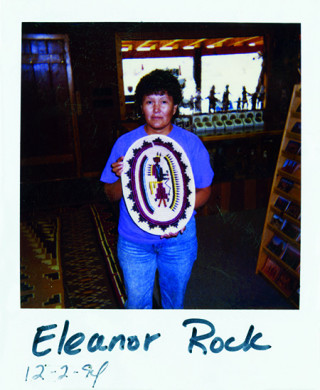
|
Michael Mozdy is a Digital Science Writer for the Natural History Museum of Utah, a part of the University of Utah in Salt Lake City. Our mission is to illuminate the natural world and the place of humans within it. In addition to housing outstanding exhibits for the public, NHMU is a research museum. Learn more.
Many thanks to Becky Menlove, Lisa Thompson, and Tim Lee for their work in developing the exhibits to display the Twin Rocks collection, creating their gorgeous "Weaving a Revolution" book, and helping with the content of this blog post.
